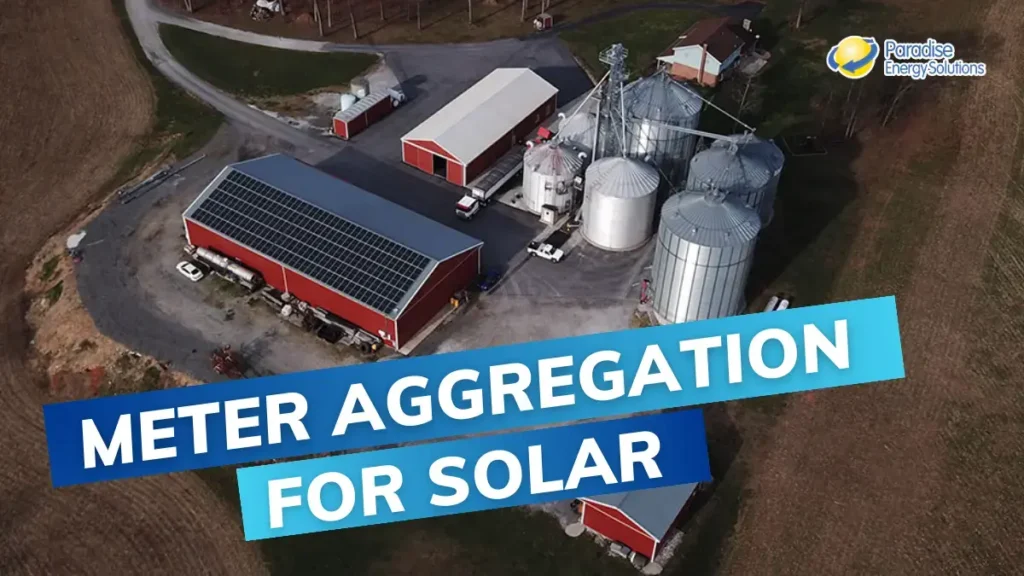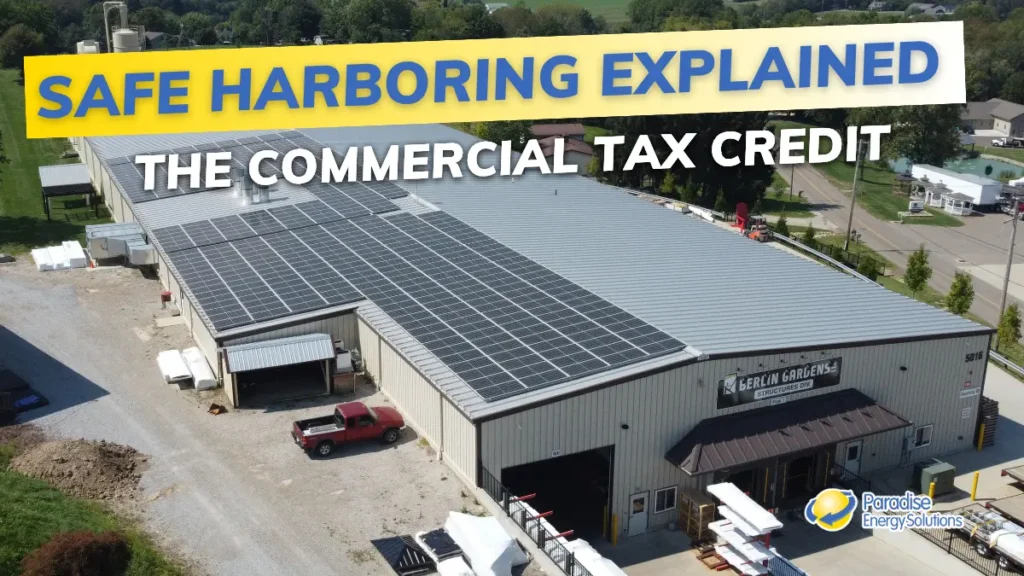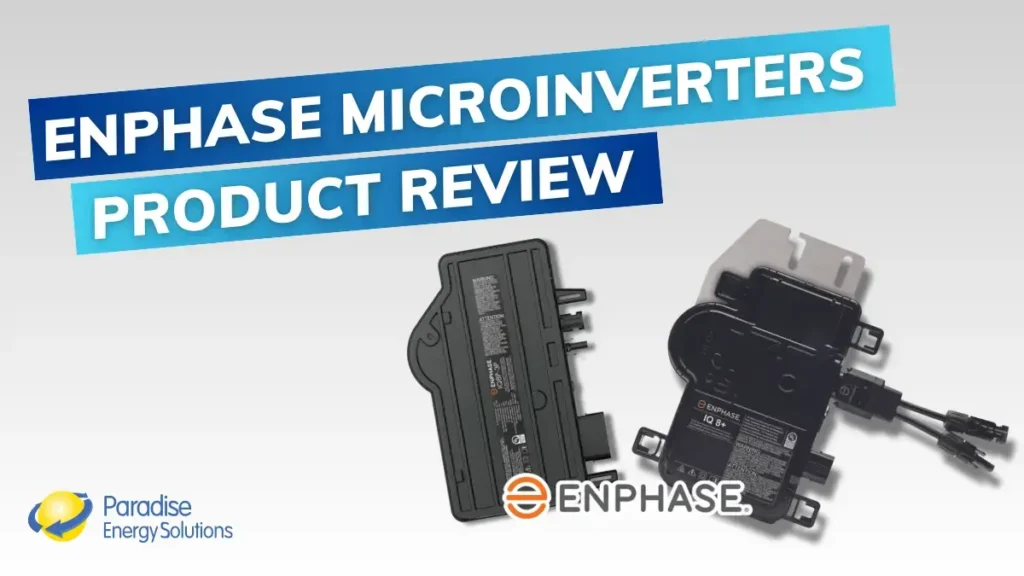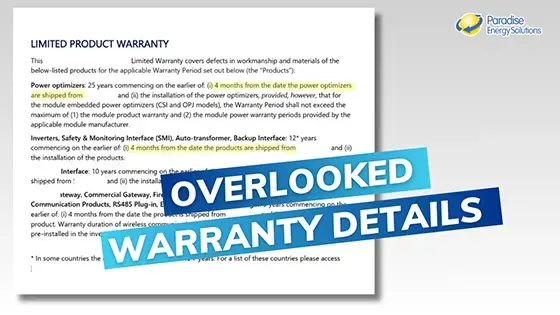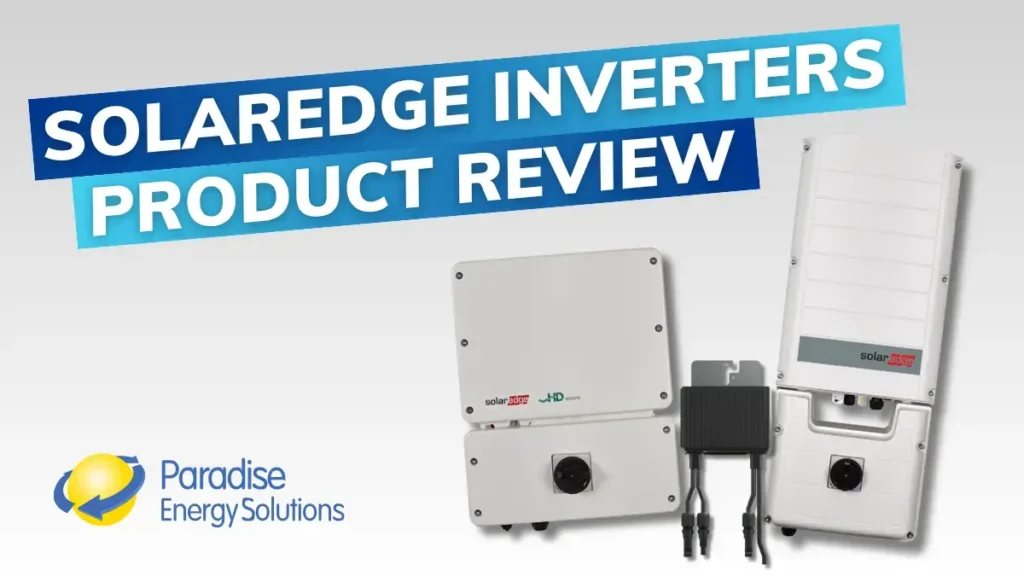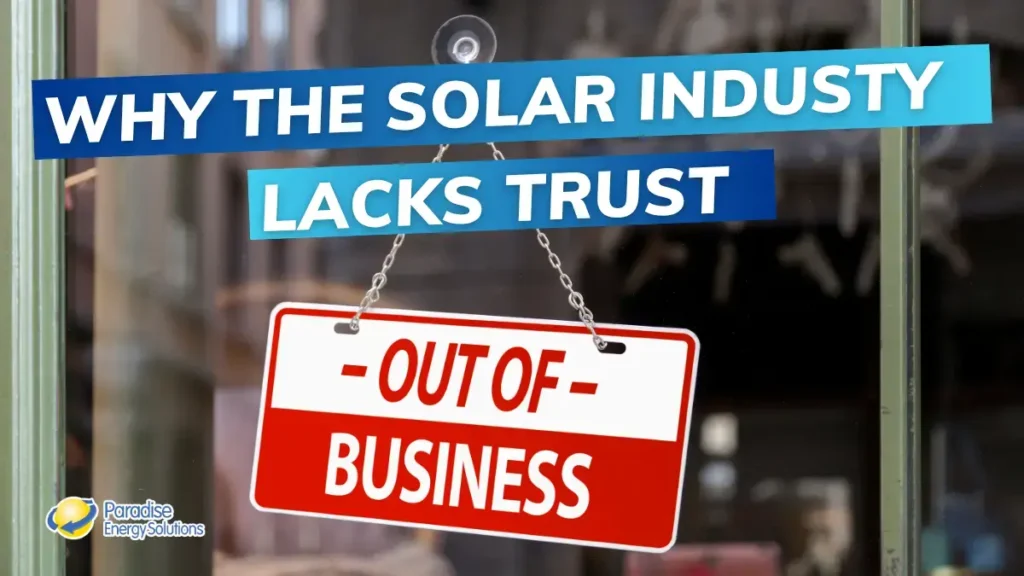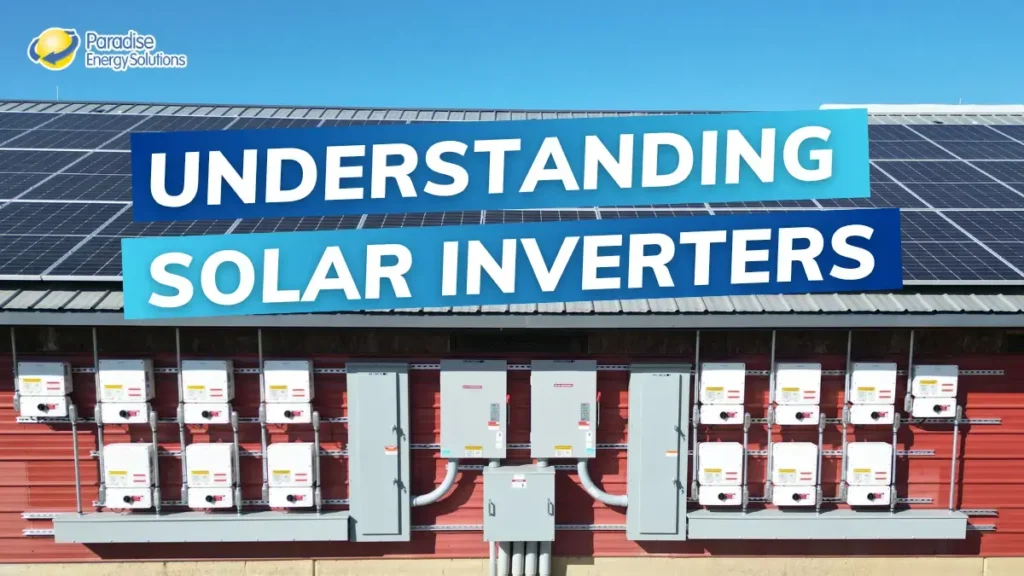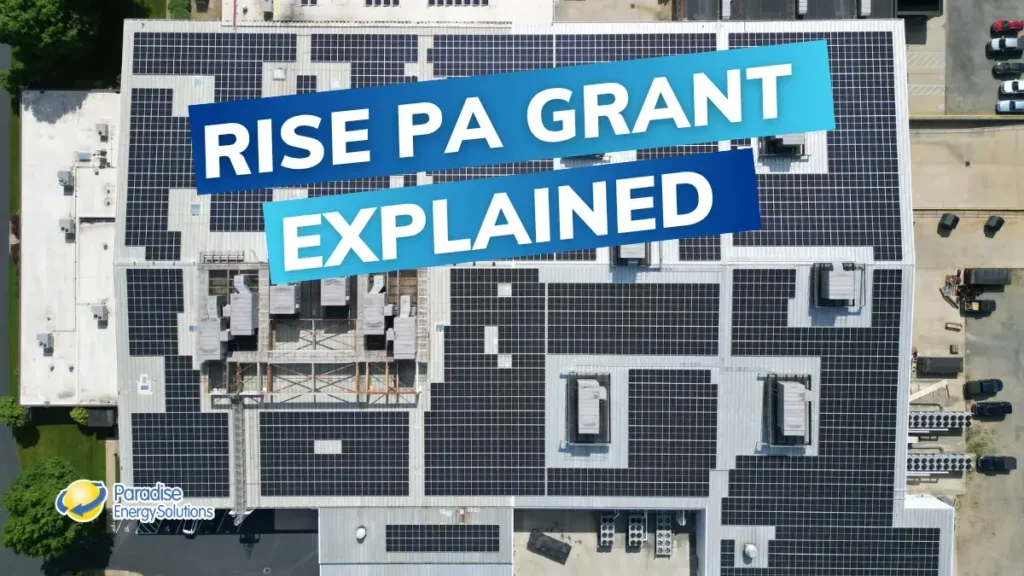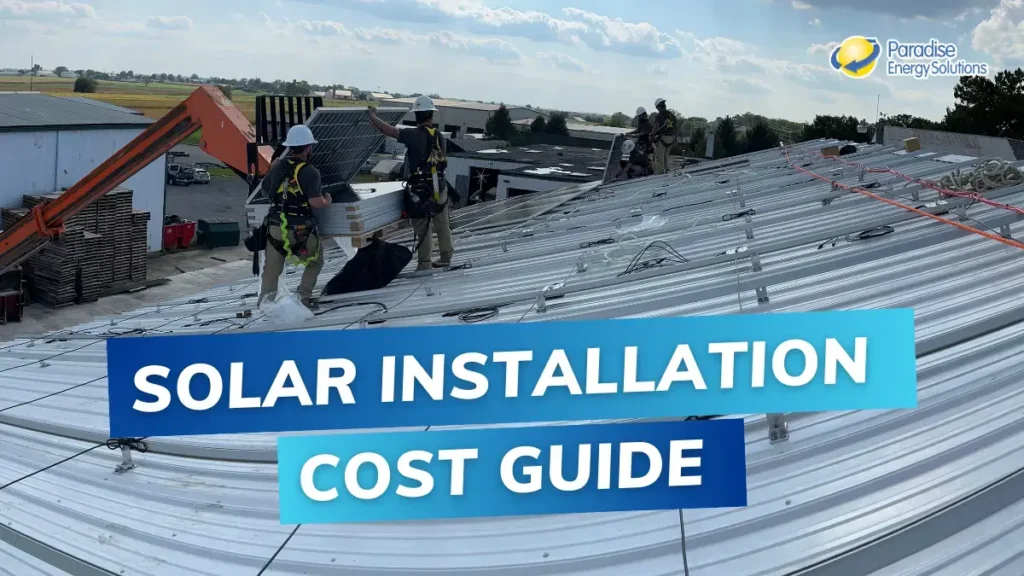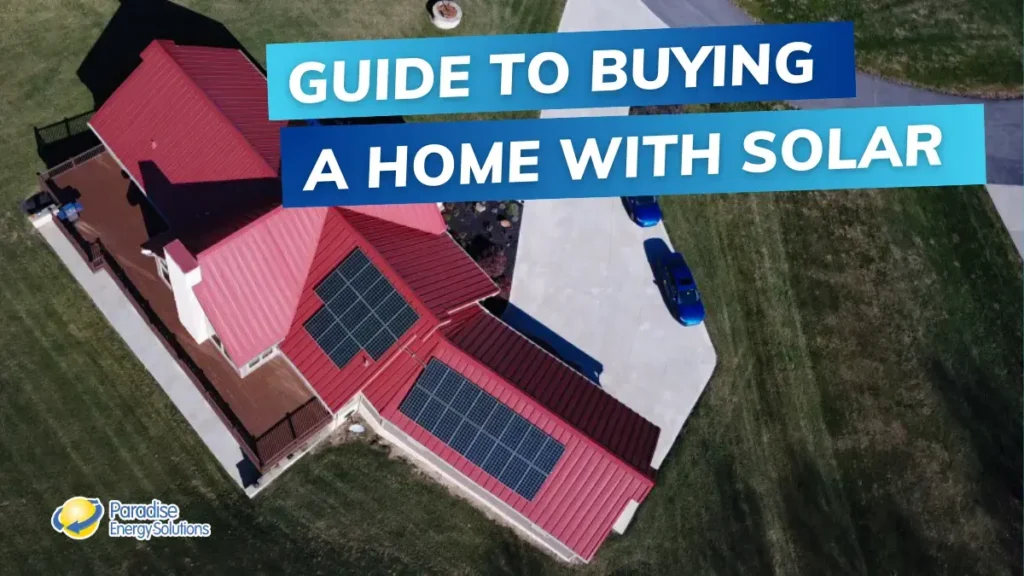Nestled at the base of the Catoctin Mountains just outside of Frederick, Maryland, sits Woodvale Farms—a 150-acre equestrian facility.
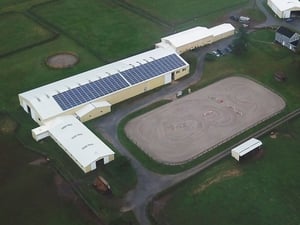 Wanting to make his horse boarding and training facility more efficient and eco-friendly, owner Joe Herzog decided to install a rooftop solar system on the farm’s arena.
Wanting to make his horse boarding and training facility more efficient and eco-friendly, owner Joe Herzog decided to install a rooftop solar system on the farm’s arena.
However, as is the case with many agricultural and commercial businesses, Woodvale Farms had several buildings across the property with several electric meters.
Herzog wanted to offset as much of his electric bill with solar power as possible. However, installing a solar system atop each one of these buildings wouldn’t be efficient. Thanks to meter aggregation (also known as virtual net metering), that would not be necessary.
Herzog installed one 87.75 kW solar system. And thanks to virtual net metering, the electricity generated by this one solar system would be able to offset the electricity used at all four of the farm’s electricity meters, even though they weren’t all directly attached to the solar system.
Electric meter aggregation allowed Herzog to offset 101% of his farm’s electricity usage. But what is solar meter Aggregation, and how does it work?
Solar Energy Meter Aggregation Definition
Put simply, meter aggregation is when one solar system is able to provide electricity to virtually offset multiple meters. Also known as virtual net metering, it makes it easier and more affordable for solar owners with multiple electricity meters to offset a greater percentage of their energy usage with solar.
Meter aggregation is ideal for farmers and businesses. It allows them to use the electricity generated from one solar panel system to provide power to other buildings with different electricity meters through net metering credits. This makes it easier for them to offset a larger portion of their utility bill with free solar energy.
How Does Net Metering Work?
Net metering is an important component of meter aggregation.
It’s a billing mechanism that allows solar owners to store electricity generated by their solar system for free on the electricity grid. This allows them to offset a greater amount of electricity usage with solar energy.
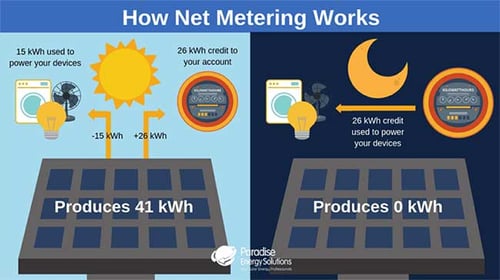
On a sunny day, your solar system should be cranking out tons of kilowatt-hours of electricity. You’ll use some of it as it’s generated, but depending on your system and load, you’ll generate extra. This extra electricity can be uploaded to the electricity grid. In return, you’ll receive a one-for-one credit from the utility.
When your solar system isn’t producing electricity, like at night or when it’s cloudy, you can draw on those credits to provide power to your home or business. This allows you to power a greater portion of your electricity usage with solar, as you can access this electricity at any time.
With net metering, the value of your solar-produced electricity is equal to how much it costs you to purchase that same amount of energy from your utility company, which is the retail price.
Most states require their utilities to offer net metering, but some states have other methods of compensating you for your solar-produced electricity.
Many states without net metering will compensate solar producers at the production rate, which reflects the cost to generate the electricity, not to distribute it. This is less than the retail rate. That means the value of the solar electricity they transfer to the grid will be less than what it would cost them to pull electricity off the grid and use it in your farm or business. However, New York doesn’t utilize either of these methods. Instead, NY uses what’s called the VDER Value Stack.
Net metering is a big part of meter aggregation. Your solar system will generate excess electricity, and it will upload it to the grid via the electricity meter that’s directly connected to your solar system. Then, you’ll be able to use those credits to offset the electricity your other meters are using.
Who Qualifies for Meter Aggregation?
Even if your state does have a net metering requirement, it may not have a meter aggregation requirement. Even in the states that do, there are a few specifications you need to meet to qualify.
For instance, to qualify for meter aggregation, all the electricity meters you want to aggregate will have to be under the same customer name and in the same utility service territory. Virtual meter aggregation varies by state and by utility company. For example, in Maryland, meter aggregation is only available to farmers, non-profits, and government entities. For-profit businesses cannot take advantage of virtual meter aggregation in Maryland. In Delaware, however, virtual meter aggregation is available to all entities that have either Delmarva Power or Delaware Electric Cooperative as their utility, while some smaller utilities in Delaware don’t allow virtual meter aggregation. In Pennsylvania, the physical meters being aggregated need to be within a relatively close geographical area of one another (typically 2 miles). Always confirm meter aggregation requirements with your electricity provider.
In some cases, you may have to pay an additional cost on your monthly electricity bill for your meter aggregate account. However, this small fee will likely pale in comparison to what you’ll save with your solar energy system.
Why Is Meter Aggregation So Beneficial?
Many states and localities limit the percentage of electricity you can cover with solar energy. For example, you may only be able to install enough solar energy to cover around 100% of your current electricity needs. Without aggregate metering, you’d only be able to cover 100% of the electricity for one of your electricity meters, not all the buildings on your property.
One way around this is by installing a smaller system connected to each of your meters. However, Installing one large solar system is much more economical, even if the energy produced is the same.
Because of economies of scale, several things only need to be done once for each solar system installation. This makes the installation cost cost-effective for larger systems. In several smaller systems, these costs can accumulate.
What’s the Catch?
Policies and availability of virtual net metering vary by state and by utility. Some states have laws that govern this benefit, while others do not. Typically if virtual net metering is available, there are some requirements associated with it. In most cases, the meters that will be aggregated need to be in the same customer name, in the same utility service territory, and within a certain distance from each other (typically 2 miles). In some situations, additional monthly billing costs may apply, which a customer would be responsible for paying.
How Can You Take Advantage of Meter Aggregation?
Navigating meter aggregation and virtual net metering can be challenging. Availability, rules, and regulations can also be challenging, depending on where you’re located. Partnering with an experienced solar installer who is knowledgeable in local regulations will help make the process go more smoothly.
We’ve helped hundreds of businesses and farmers throughout several states successfully set up meter aggregation, and our team of solar experts are ready to help you do the same. Contact us to see if meter aggregation is the right solution for you.
